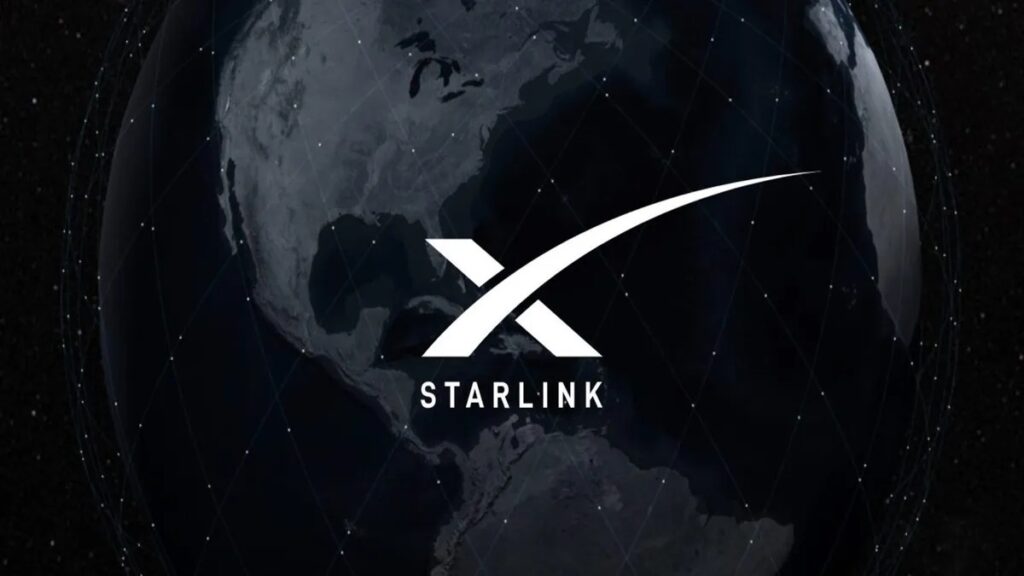Starlink is nearing its official launch in India, and the company is also preparing a significant technological upgrade. A new generation of satellites, expected to launch from 2026, will offer speeds up to 10 times faster than the current service. While SpaceX hasn’t labeled this as “Starlink 3.0,” the improvements in performance and capacity are substantial. This could play a key role in solving connectivity issues in rural India, where access to reliable internet remains limited.
Regulatory Green Signal for India Entry
Starlink services are currently available in over 100 countries, with a customer base of more than 6 million. In India, the company has received regulatory approval from IN-SPACe and is awaiting final spectrum clearances. Commercial rollout is expected by late 2025 or early 2026. Starlink has been authorised to operate its Gen1 satellite network in India until 2030. The network will use Ka and Ku band frequencies to deliver broadband directly to users and ground stations.

Initial Speed and Data Capacity in India
When launched, Starlink aims to offer download speeds ranging from 25 Mbps to 220 Mbps in India, with an initial network capacity of 600–700 Gbps. Although this may be modest compared to fibre broadband, it could provide vital connectivity in areas with no existing infrastructure.
Future Satellites to Bring Massive Data Boost
The next generation of satellites will offer more than 1,000 Gbps of downlink and over 200 Gbps of uplink per satellite. These upgrades—10 times and 24 times faster than current satellites—will result in each launch adding around 60 Tbps to the network. Improvements in hardware, onboard processing, beamforming, and low-altitude operation will reduce latency and increase stability for users, even in remote regions.
Expected Pricing and Local Partnerships
Although India pricing hasn’t been finalised, based on global standards, the Starlink kit could cost around ₹33,000. Monthly plans might range between ₹3,000 and ₹4,200. Starlink is reportedly in talks with Indian telecom companies like Jio and Airtel to expand accessibility and distribution.
Industry Analysis Highlights Starlink’s Potential Disruption
JM Financial recently hosted a discussion on Starlink’s India plans, examining its feasibility, economic impact, and influence on existing telecom models. Experts analysed how satellite internet could challenge players like Reliance Jio and Bharti Airtel, especially in home broadband.
Deployment Plan and Investment
Starlink is expected to deploy 700–750 low-earth orbit satellites in India, backed by a capital investment of about ₹8,000 crore. Each satellite is projected to cost $1 million with a 7–8 year lifespan. The estimated annual operational cost is around ₹350 crore.
Reducing Equipment Costs Through Local Manufacturing
A major cost factor is the customer premise equipment (CPE), currently priced at $400. Local manufacturing could cut this cost by up to 50%. Subsidies or leasing options are also being considered to boost adoption.
Economics of Scale and User Cost Estimates
If the subscriber base is limited to 0.1 million, the cost per user could reach ₹11,250 per month. However, scaling to 2.5 million users could lower the per-user cost to ₹450 per month. This indicates strong operating leverage and potential affordability with large-scale adoption.
Target Segments and Gradual Pricing Strategy
Starlink may initially target B2C users with plans priced at $20–$25 per month, with long-term plans to reduce pricing to $10/month for mass adoption. Opportunities in B2B and B2G segments are also being explored. This could eventually affect the market share of traditional telecom providers.
Direct-to-Cell Tech Still Facing Hurdles
Experts believe Starlink’s direct-to-cell (D2C) technology is not yet ready to replace traditional mobile connectivity. While improvements are expected in the next three to five years, its current performance is insufficient to disrupt services offered by major telecom players.
Regional Expansion and Manufacturing Scope
Starlink has recently launched services in Bangladesh, Bhutan, and Sri Lanka. In India, local CPE manufacturing could reduce one-time setup costs further. Large-scale production would help bring prices down and increase market penetration.
Outlook for Indian Telecom Sector
Starlink’s entry and potential partnerships with global satellite providers could push Indian telecoms to reconsider their home broadband strategies. The competition might grow stronger as new players enter the satellite internet space.
